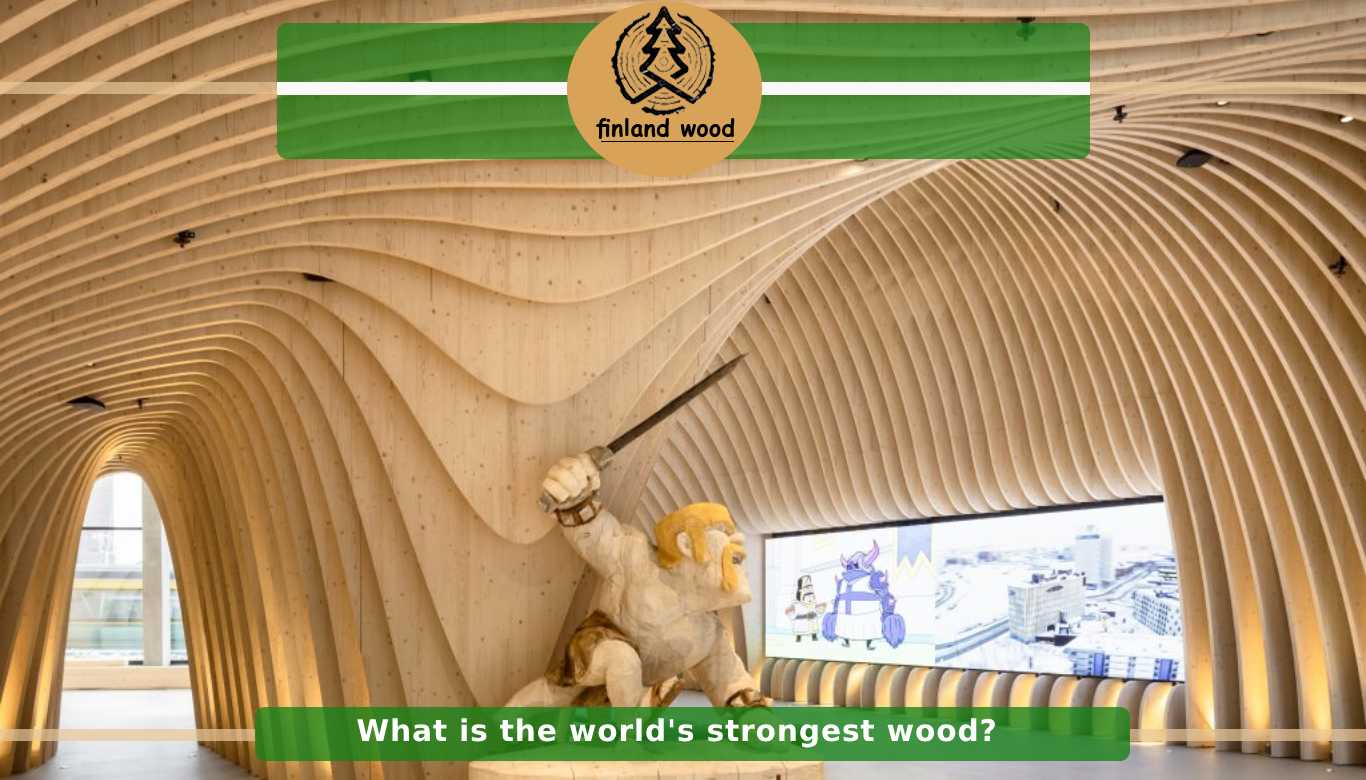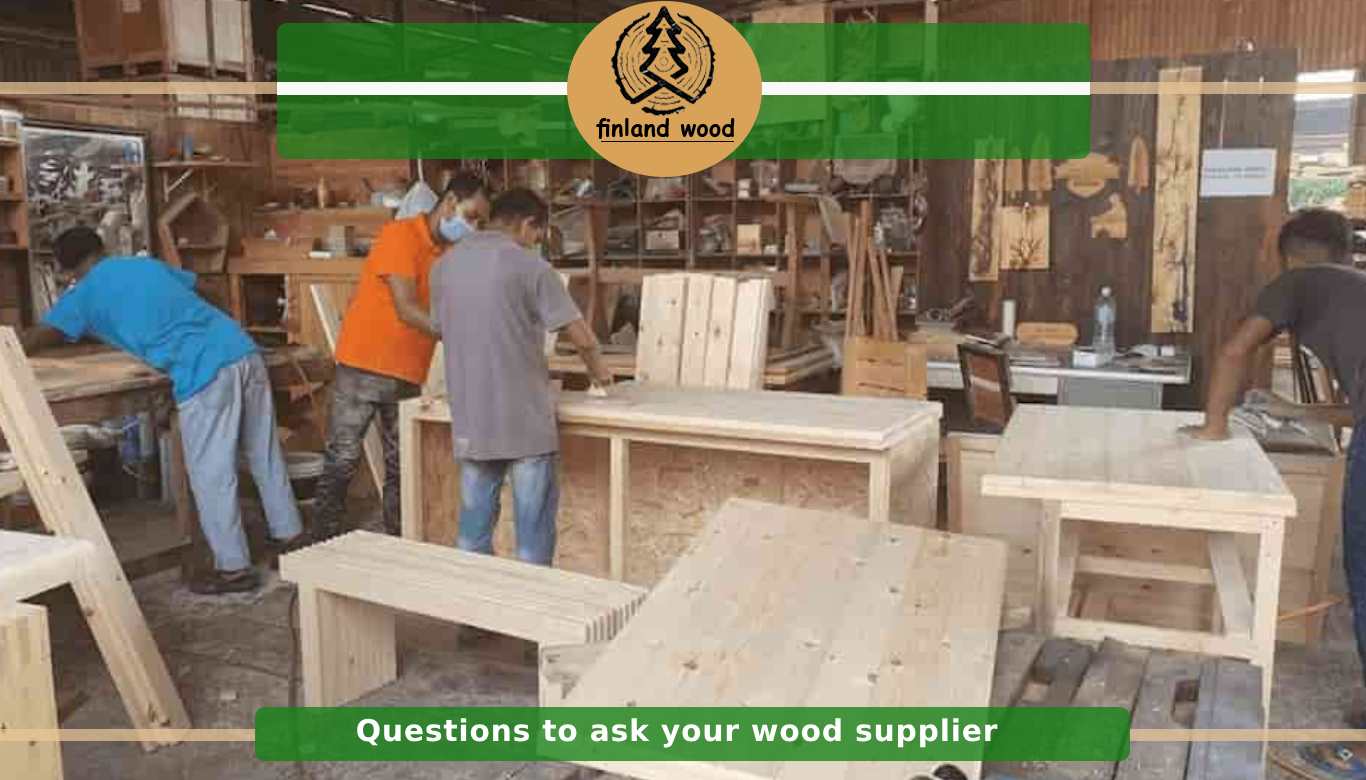Plywood and OSB (Oriented Strand Board) are both types of engineered wood products commonly used in construction and DIY projects.
Plywood is made by gluing together thin layers of wood veneers with the grains of adjacent layers perpendicular to each other. This cross-grain construction makes plywood strong, stable, and resistant to warping and shrinking. Plywood is available in various grades, with higher grades being made of more uniform and defect-free veneers.
OSB, on the other hand, is made by arranging wood strands in a specific orientation, then gluing them together under high pressure and heat. The resulting panel has a rough, textured surface and is generally less expensive than plywood. OSB is used in a variety of applications, including sheathing for walls, roofs, and floors.
Both plywood and OSB have their advantages and disadvantages. Plywood is more expensive than OSB, but it is stronger, more durable, and has a smoother surface, which makes it a better choice for projects that require a high-quality finish. OSB is less expensive and more widely available, but it is not as strong or durable as plywood, and it has a rough texture that makes it more difficult to paint or finish.
Ultimately, the choice between plywood and OSB depends on the specific project requirements, budget, and personal preference. For example, if you are building a shed or a temporary structure, OSB may be a more cost-effective option. However, if you are building a house or a piece of furniture that needs to last for a long time, plywood may be a better choice.
Which is better OSB or plywood?
The choice between OSB (Oriented Strand Board) and plywood depends on the specific project requirements, budget, and personal preference. Both OSB and plywood have their advantages and disadvantages.
OSB is generally less expensive than plywood and has good dimensional stability, which makes it a good choice for structural applications such as sheathing for walls, roofs, and floors. However, OSB is not as strong as plywood and has a rough texture that makes it more difficult to paint or finish.
Plywood, on the other hand, is stronger and more durable than OSB and has a smoother surface that makes it easier to paint or finish. Plywood is also available in a variety of grades, with higher grades being made of more uniform and defect-free veneers.
In general, if you need a material for structural purposes, such as sheathing, and cost is a concern, then OSB may be a good choice. However, if you need a material that is stronger, more durable, and has a better surface finish, then plywood may be a better choice.
Is OSB cheaper than plywood?
Yes, OSB (Oriented Strand Board) is generally less expensive than plywood. This is because OSB is made from small strands of wood that are glued together in a specific orientation, whereas plywood is made from thin layers of wood veneers that are glued together with the grains of adjacent layers perpendicular to each other.
The manufacturing process of OSB is generally more efficient and requires less labor and materials than plywood. As a result, OSB can be produced at a lower cost and is often sold at a lower price than plywood.
However, the cost of both OSB and plywood can vary depending on factors such as grade, thickness, and size. Higher grades of plywood, for example, may be more expensive than lower grades of OSB. Additionally, the cost of both materials may be affected by regional supply and demand factors.
Is plywood or OSB more waterproof?
Neither plywood nor OSB (Oriented Strand Board) is completely waterproof, but plywood is generally considered to be more water-resistant than OSB.
Plywood is made by gluing together thin layers of wood veneers with the grains of adjacent layers perpendicular to each other. This cross-grain construction makes plywood strong, stable, and resistant to warping and shrinking when exposed to moisture. Additionally, plywood is available in marine-grade versions that are specially treated to resist water damage and fungal growth.
OSB, on the other hand, is made by arranging wood strands in a specific orientation, then gluing them together under high pressure and heat. The surface of OSB is more porous than that of plywood, which makes it more susceptible to moisture damage. However, some types of OSB are treated with water-resistant coatings or additives to improve their water resistance.
Ultimately, the water resistance of both plywood and OSB depends on the specific type and grade of the material, as well as the conditions in which it is used. If you need a material that is highly resistant to water, you may want to consider other options such as fiber cement board or vinyl siding.
OSB vs plywood water resistant
While neither OSB (Oriented Strand Board) nor plywood are completely waterproof, they both have different levels of water resistance.
OSB is generally considered to be less water-resistant than plywood. This is because OSB has a more porous surface, which makes it more susceptible to water damage. However, some types of OSB are treated with water-resistant coatings or additives to improve their water resistance.
Plywood, on the other hand, is more water-resistant than OSB. This is because plywood is made by gluing together thin layers of wood veneers with the grains of adjacent layers perpendicular to each other. This cross-grain construction makes plywood strong, stable, and resistant to warping and shrinking when exposed to moisture. Additionally, plywood is available in marine-grade versions that are specially treated to resist water damage and fungal growth.
Ultimately, the water resistance of both OSB and plywood depends on the specific type and grade of the material, as well as the conditions in which it is used. If you need a material that is highly resistant to water, you may want to consider other options such as fiber cement board or vinyl siding.
osb vs plywood weight
In general, OSB (Oriented Strand Board) is denser and heavier than plywood. This is because OSB is made by arranging wood strands in a specific orientation, then gluing them together under high pressure and heat. The result is a strong and stable material that is denser than plywood.
Plywood, on the other hand, is made by gluing together thin layers of wood veneers with the grains of adjacent layers perpendicular to each other. The overall weight of plywood can vary depending on factors such as the thickness and number of layers.
The weight of OSB and plywood can also depend on the specific type and grade of the material. For example, high-grade plywood may have a lower density and weight than low-grade OSB.
In general, if you need a material that is strong and durable but also lightweight, plywood may be a better choice than OSB. However, if you need a material that is very strong and dense, such as for a structural application, OSB may be a better choice.
OSB vs plywood for shelves
Both OSB (Oriented Strand Board) and plywood can be used for shelves, but plywood is generally considered to be a better option.
Plywood has a smoother surface than OSB, which makes it easier to paint or finish. Additionally, plywood is available in a variety of grades, with higher grades being made of more uniform and defect-free veneers. This means that you can choose a high-grade plywood that has a smooth and consistent surface, which is ideal for shelves.
OSB, on the other hand, has a rough texture that can make it more difficult to paint or finish. Additionally, the strands in OSB can separate over time, which can lead to an uneven and unstable surface.
If you are building shelves that will be visible and need to look good, plywood is likely the better option. However, if you are building shelves for a storage area where appearance is not as important, OSB can be a more affordable choice that still provides the necessary strength and stability.
OSB vs plywood for flooring
When it comes to flooring, both OSB (Oriented Strand Board) and plywood are commonly used, but plywood is generally considered to be a better option.
Plywood has a more uniform and stable surface than OSB, which makes it more suitable for flooring. The cross-grain construction of plywood also provides greater strength and stability than OSB, which can help prevent the floor from sagging or bouncing under heavy loads. Additionally, plywood is less likely to swell or warp when exposed to moisture, which can be an issue in areas like bathrooms or kitchens.
OSB, on the other hand, is more susceptible to moisture damage and swelling than plywood. The rough surface of OSB can also make it difficult to achieve a smooth and even finish for flooring.
If you are installing flooring in a high-traffic area or an area that is prone to moisture, such as a bathroom or kitchen, plywood is likely the better option. However, if you are installing flooring in an area where moisture is not a concern and you are looking for a more affordable option, OSB can be a suitable choice. Ultimately, the choice between OSB and plywood will depend on your specific needs and budget.









